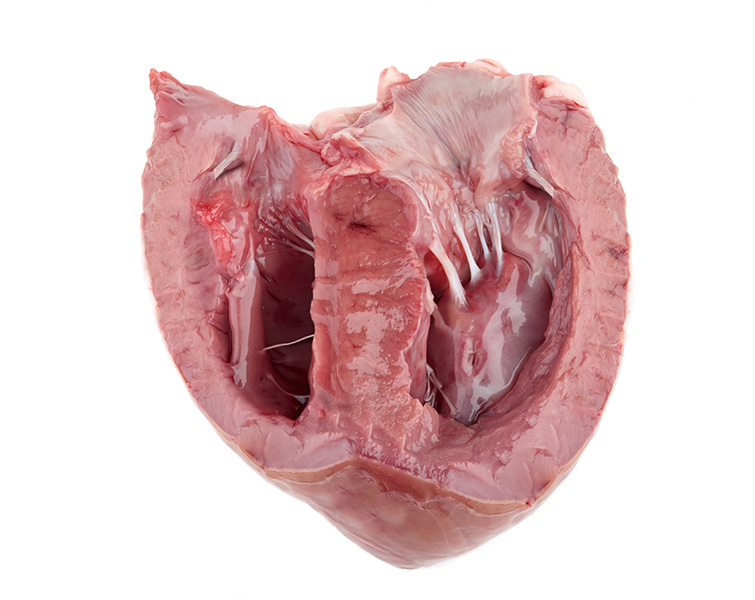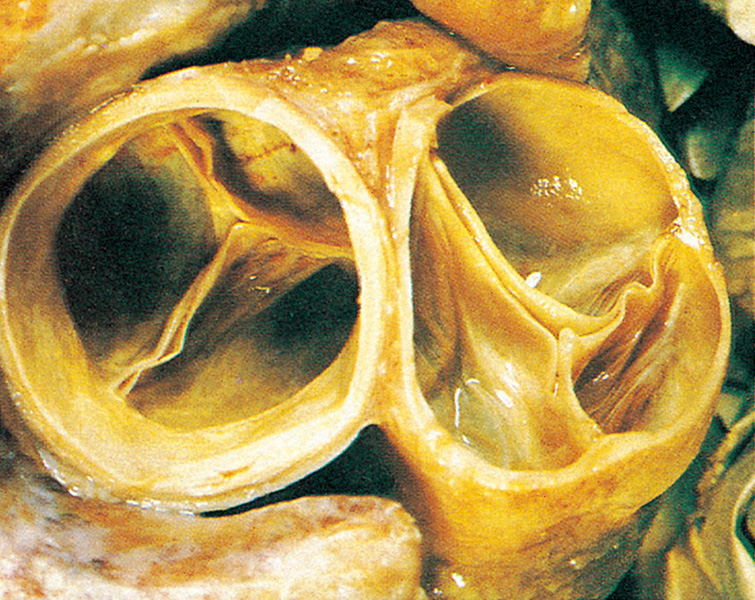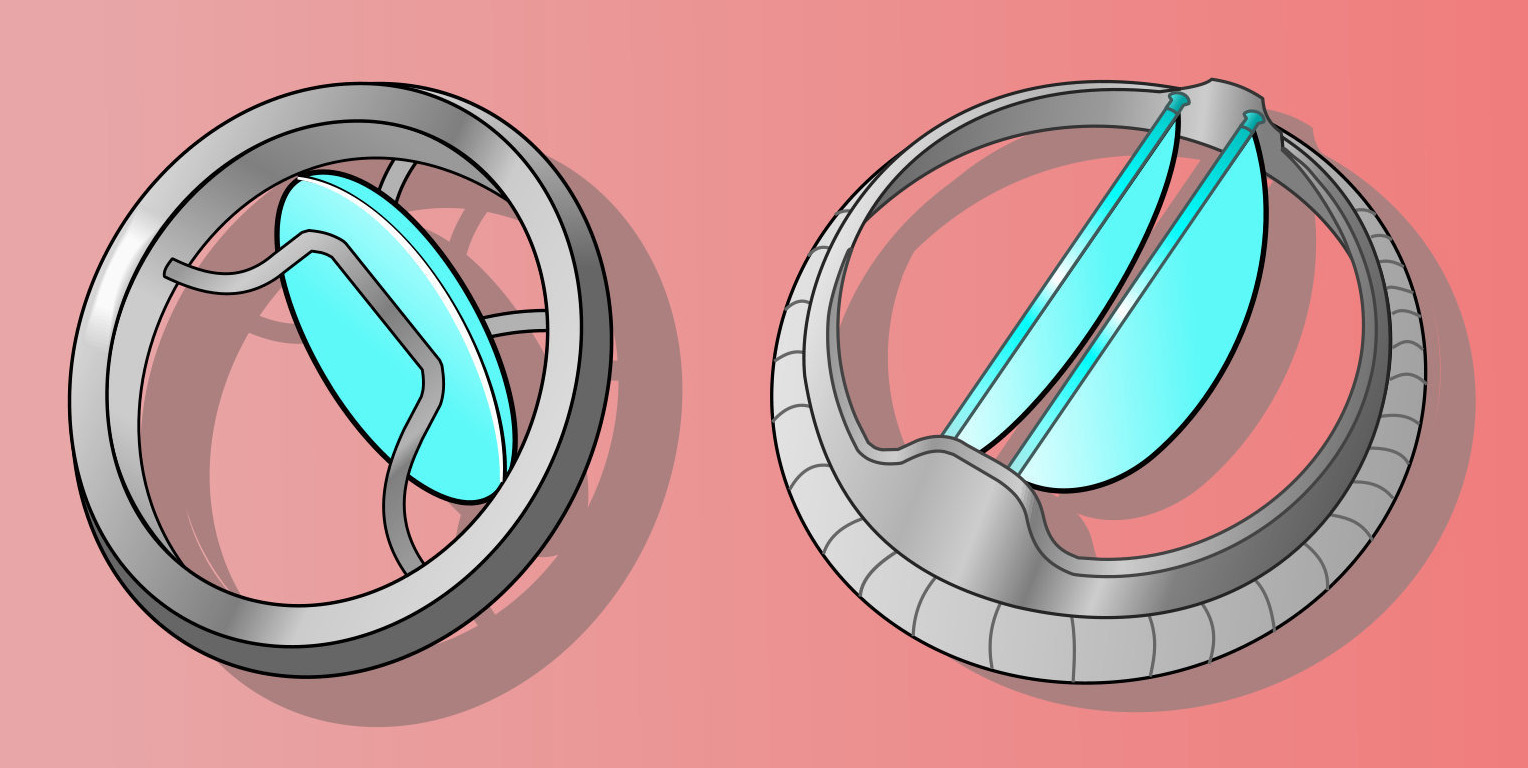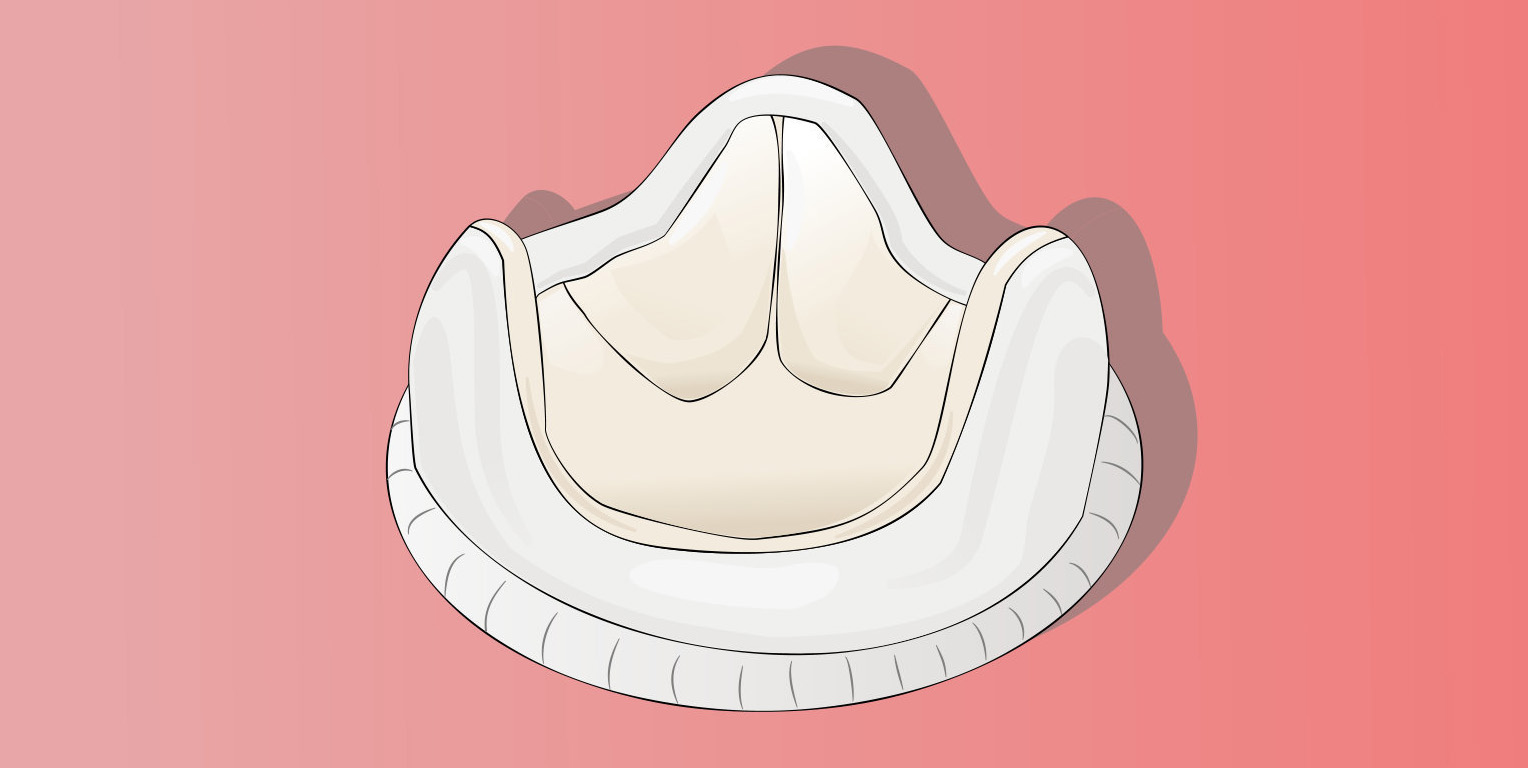簡介Introduction
在本活動中,你會製作一個心瓣模型。你需要應用關於心瓣結構的知識,並展示你在工程學上的技能、創意、團隊合作性和溝通技巧。
In this activity, you will make a heart valve model. During the activity you will need to apply your knowledge about the structure of heart valves. You will also have a chance to demonstrate your engineering skills, creativity, team work and communication skills.
背景知識:心瓣的結構和功能Background knowledge: the structures and functions of different types of heart valves
Study the table below to revise the structures and functions of different heart valves.
|
二尖瓣和三尖瓣
Bicuspid valve and tricuspid valve
|
半月瓣
Semilunar valve
|

- 二尖瓣(兩片膜)分隔左心房和左心室;三尖瓣(三片膜)分隔右心房和右心室。
- 當血液從心房流入心室時,二尖瓣和三尖瓣開啟;閉合時防止血液倒流回心房。
- 瓣膜的底部由心鍵索連接至心室的內壁上,防止瓣膜翻向心房。
- Bicuspid valve (two flaps) separates the left atrium and the left ventricle; tricuspid valve (three flaps) separates the right atrium and the right ventricle.
- The valves open to allow blood flow from the atria to the ventricles, and close to prevent backflow of blood into the atria.
- Heart tendons attached the valves to the inner walls of the ventricles, preventing the valves from turning inside out into the atria.
|

- 呈袋狀;分隔左心室和大動脈,以及分隔右心室和肺動脈。
- 當血液從心室流入大動脈/肺動脈時,半月瓣開啟;閉合時防止血液倒流回心室。
- Pocket-shaped valves that separate the left ventricle and the aorta, and the right ventricle and the pulmonary artery.
- The valves open to allow blood flow from the ventricles to the aorta / the pulmonary artery; and close to prevent backflow into the ventricles.
|
活動Task
老師會把同學分成三至五人的小組。與組員合作設計和製作一個可活動的心瓣模型。設計心瓣模型時,要注意以下各項︰
Your teacher will divide the class into groups of three to five. Collaborate with your group members to design and make a working heart valve model. Remember that the model:
- 模型應能表示心瓣的結構(具有二片膜、三片膜、或呈袋狀)。
- 心瓣應能確保血液(以空氣或水代表)只循單一方向流動。
- 心瓣應能閉合,以防止血液(以空氣或水代表)倒流。
- 正確標示模型,以顯示心瓣的位置和方向。
- should represent the structure of the valve (two flaps, three flaps or pocket-shaped).
- must allow blood flow (represented by air or water) in one direction only.
- should close to prevent a backflow of blood (represented by air or water).
- should be correctly labelled to show its location and orientation in the heart.
設計心瓣模型Design the heart valve model
1.
老師會安排你的小組製作二尖瓣/三尖瓣或半月瓣的模型。在以下的空格內繪畫並標示你的設計。註明瓣膜模型的種類,並扼要地描述製作模型的步驟。
Your teacher will assign your group to make either a bicuspid / tricuspid valve or a semilunar valve. Draw a labelled diagram to show your design. Name the type of valve that your group is making and briefly describe your steps involved in making the model.
2.
列出你的設計所需的物料。你可選擇使用任何容易取得的物料。
You may choose to use any materials that are easily available. List the materials your group will use.
3.
描述測試模型的方法,以證明模型只允許血液(以空氣或水表示)循單一方向流動。
Describe the method you will use to test your model’s ability to allow blood (represented by air or water) to flow in one direction only.
4.
寫出設計模型時,所參考的資料來源。
Write the source(s) of any reference you used when designing your model.
製作及展示模型Make the model and communicate results
1.
經老師准許後,你和組員便可收集所需物料和製作心瓣模型。
3.
老師會根據以下評核準則來評核你的表現。
| 評核準則 |
水平 |
| 優異 |
良好 |
平平 |
差劣 |
生物學知識的應用
- 模型展示心瓣結構的主要特徵︰正確的位置、方向、瓣膜數量;正確標示(例如心腔和動脈)
|
4 | 3 | 2 | 1 |
|
解難能力
|
4 | 3 | 2 | 1 |
|
創新的設計
|
4 | 3 | 2 | 1 |
|
報告及演示
|
4 | 3 | 2 | 1 |
|
引用參考資料
|
4 | 3 | 2 | 1 |
|
整體水平
|
4 | 3 | 2 | 1 |
1.
After getting your teacher’s approval, you can collect your materials and make the heart valve model.
2.
Present and demonstrate your model to the class.
3.
Your teacher will evaluate your work based on the following grading rubric.
| Assessment criteria |
Quality of work |
| Excellent |
Good |
Fair |
Poor |
Application of biological knowledge
- Model illustrates the key features of the heart valve: correct position, orientation and number of flaps / pockets; correct labelling (e.g. heart chambers / arteries).
|
4 | 3 | 2 | 1 |
Practical solution
- Air or water flows through the model in one direction only.
|
4 | 3 | 2 | 1 |
Innovative design
- Innovative use of materials and original design.
|
4 | 3 | 2 | 1 |
Presentation
- Clear and well-organized oral presentation, proper use of scientific language.
|
4 | 3 | 2 | 1 |
Reference acknowledgement
- Any references used are properly acknowledged.
|
4 | 3 | 2 | 1 |
|
Overall quality of work
|
4 | 3 | 2 | 1 |
4.
What modifications can you make to improve your heart valve model?
問題Questions
1.
寫出心瓣在人體中的功能。
State the function of heart valves in the body.
2.
描述血液如何流經心臟的二尖瓣。
Describe how blood flows through the bicuspid valve in the heart.
延展部分Extension
假如一個人的心瓣有缺陷,便可能需要接受手術,以機械心瓣或生物心瓣替代有缺陷的心瓣,當中以機械心瓣較為常見和耐用。多年來,科學家已製造出不同類型的機械心瓣。
If the heart valves in a person become defective, they need to be replaced by mechanical or biological valves through surgery. Mechanical valves are more durable and are more commonly used. Scientists have made various mechanical valve designs over the years.

球形瓣膜Caged-ball valve

傾斜盤瓣膜(左)和雙葉瓣膜(右)Tilting disc valve (left) and
bileaflet valve (right)

生物心瓣Biological valve
1.
在互聯網上搜尋不同的機械心瓣設計。在下面寫出兩個設計,並比較它們的優點和缺點。
Search the Internet for different mechanical valve designs. Name two designs. Compare and contrast their advantages and drawbacks.
2.
科學家正積極研究改良人工心瓣的方法,其中一個例子是利用生物物料進行3D打印。利用3D打印製造心瓣有哪些好處?在互聯網上搜尋答案。
Scientists are working on new ways to make better artificial heart valves. One example is 3D printing using biological materials. What are the advantages of producing heart valves by 3D printing? Search the Internet for answers.
3.
設計你自己的機械心瓣,它必須具備以下條件︰
- 可以開啟和閉合
- 只容許血液(以空氣或水代表)循單一方向流動
Design your own mechanical heart valve. Remember that it must:
- be able to open and close.
- allow blood flow (represented by air or water) in one direction only.